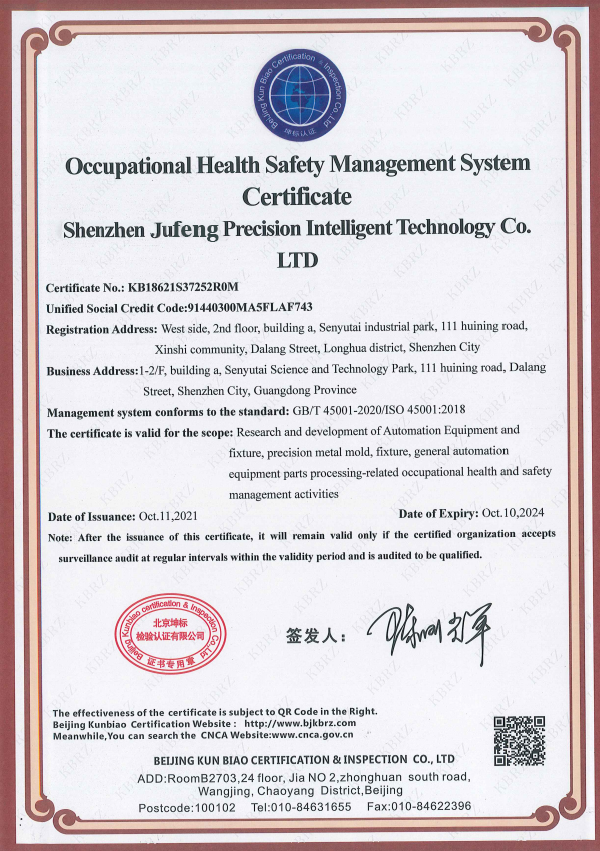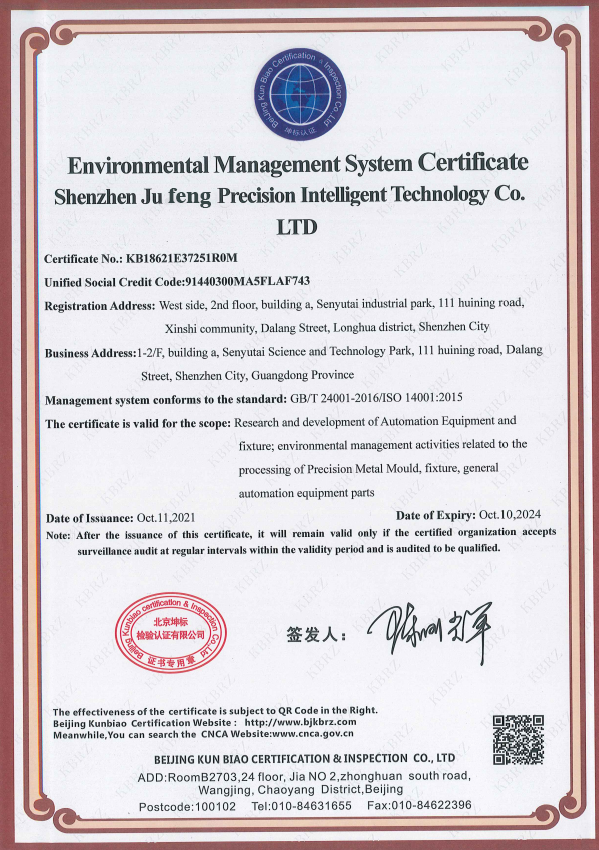News
Enhancing Precision and Flexibility with Multi-Position Laser Welding Fixtures
In the realm of industrial equipment, particularly in tools and fixtures, the multi-position laser welding fixture is becoming indispensable. These fixtures are engineered to hold workpieces securely in various orientations, allowing for enhanced flexibility during the welding process. The ability to adjust the positions of components being welded is crucial as it accommodates different shapes, sizes, and welding techniques, ultimately increasing productivity and ensuring high-quality welds.
One of the primary advantages of utilizing multi-position laser welding fixtures is the enhanced precision they offer. Traditional welding methods often require manual repositioning, which can lead to misalignments and inconsistencies in the welding process. Multi-position fixtures, however, are designed to maintain the alignment of components throughout the welding operation, which is essential for achieving the desired quality and strength of the weld. This precision is particularly vital in industries where high-performance standards are mandated, such as aerospace, automotive, and medical device manufacturing.
Moreover, these fixtures significantly reduce cycle times. By allowing operators to quickly adjust the workpiece position without the need for extensive setup or realignment, manufacturers can experience improved throughput. This efficiency is especially beneficial in high-volume production environments where time is a critical factor. Additionally, the reduction in setup time minimizes labor costs and keeps production lines moving smoothly.
Another important aspect of multi-position laser welding fixtures is their adaptability to various welding technologies. Whether utilizing fiber lasers, Nd:YAG lasers, or other advanced welding techniques, these fixtures can be designed to meet the specific requirements of different welding methods. The compatibility with multiple laser systems allows manufacturers to invest in a versatile tool that can grow with their technological advancements, maximizing their return on investment.
When designing a multi-position laser welding fixture, considerations such as material selection, weight distribution, and adjustability are crucial. The fixture must be robust enough to withstand the forces generated during the welding process while remaining lightweight for ease of manipulation. Advanced materials, such as aluminum and engineered composites, are often used to achieve the optimal balance of strength and weight.
In conclusion, the integration of multi-position laser welding fixtures into manufacturing processes provides significant benefits in terms of precision, efficiency, and adaptability. For professionals in the industrial equipment sector, understanding the capabilities and advantages of these fixtures can lead to better decision-making in tool selection and enhanced overall production outcomes. The continuous evolution of welding technology and fixture design will undoubtedly further solidify the role of multi-position laser welding fixtures as a cornerstone of modern manufacturing practices.
One of the primary advantages of utilizing multi-position laser welding fixtures is the enhanced precision they offer. Traditional welding methods often require manual repositioning, which can lead to misalignments and inconsistencies in the welding process. Multi-position fixtures, however, are designed to maintain the alignment of components throughout the welding operation, which is essential for achieving the desired quality and strength of the weld. This precision is particularly vital in industries where high-performance standards are mandated, such as aerospace, automotive, and medical device manufacturing.
Moreover, these fixtures significantly reduce cycle times. By allowing operators to quickly adjust the workpiece position without the need for extensive setup or realignment, manufacturers can experience improved throughput. This efficiency is especially beneficial in high-volume production environments where time is a critical factor. Additionally, the reduction in setup time minimizes labor costs and keeps production lines moving smoothly.
Another important aspect of multi-position laser welding fixtures is their adaptability to various welding technologies. Whether utilizing fiber lasers, Nd:YAG lasers, or other advanced welding techniques, these fixtures can be designed to meet the specific requirements of different welding methods. The compatibility with multiple laser systems allows manufacturers to invest in a versatile tool that can grow with their technological advancements, maximizing their return on investment.
When designing a multi-position laser welding fixture, considerations such as material selection, weight distribution, and adjustability are crucial. The fixture must be robust enough to withstand the forces generated during the welding process while remaining lightweight for ease of manipulation. Advanced materials, such as aluminum and engineered composites, are often used to achieve the optimal balance of strength and weight.
In conclusion, the integration of multi-position laser welding fixtures into manufacturing processes provides significant benefits in terms of precision, efficiency, and adaptability. For professionals in the industrial equipment sector, understanding the capabilities and advantages of these fixtures can lead to better decision-making in tool selection and enhanced overall production outcomes. The continuous evolution of welding technology and fixture design will undoubtedly further solidify the role of multi-position laser welding fixtures as a cornerstone of modern manufacturing practices.
Prev




